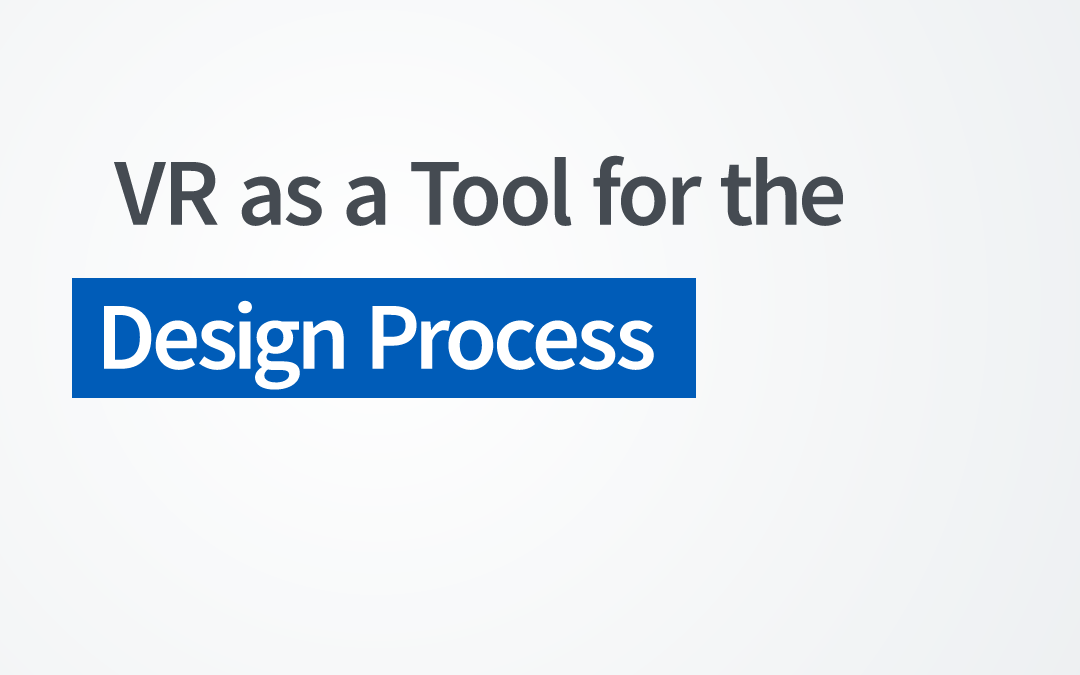
by Polina Glukhova | Feb 27, 2024 | Glue Insights
Recent research from Stanford University presented a large-scale analysis of 730 VR designs done by 254 students. The results of the research reveal interesting results on VR effectiveness for design. Ready to learn more? Check out our concise infographics. Source:...
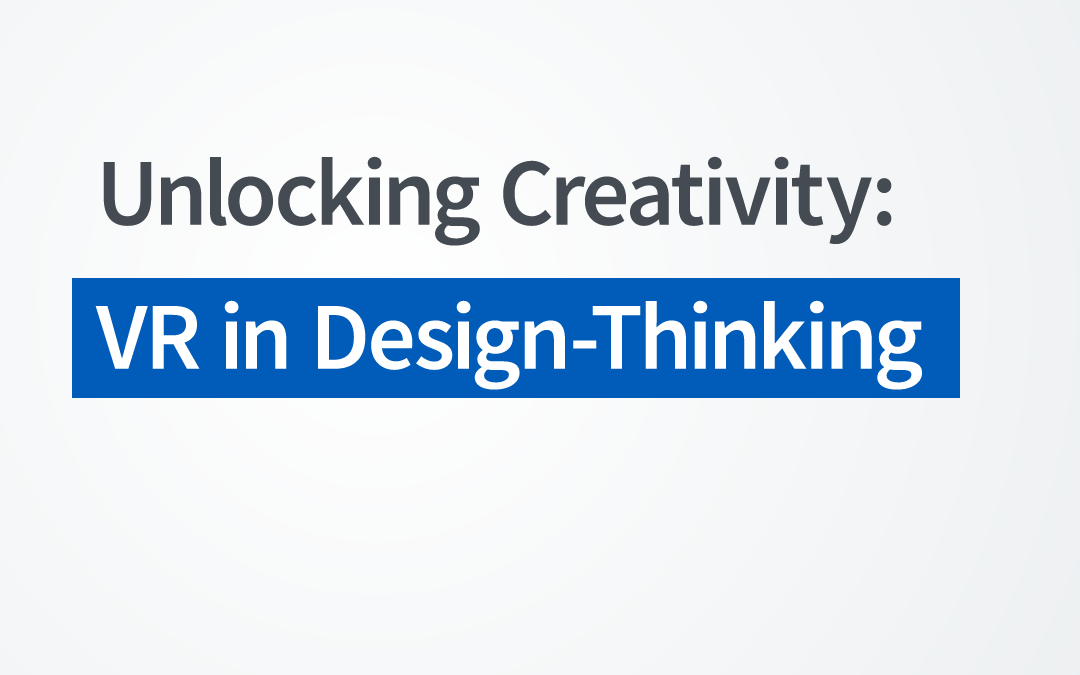
by Polina Glukhova | Feb 20, 2024 | Glue Insights
VR has emerged as a valuable tool for nurturing design thinking and fostering creativity. Research confirms its potential to enhance creative processes across various domains. Interested in more details? Dive into our engaging infographics for further insights....
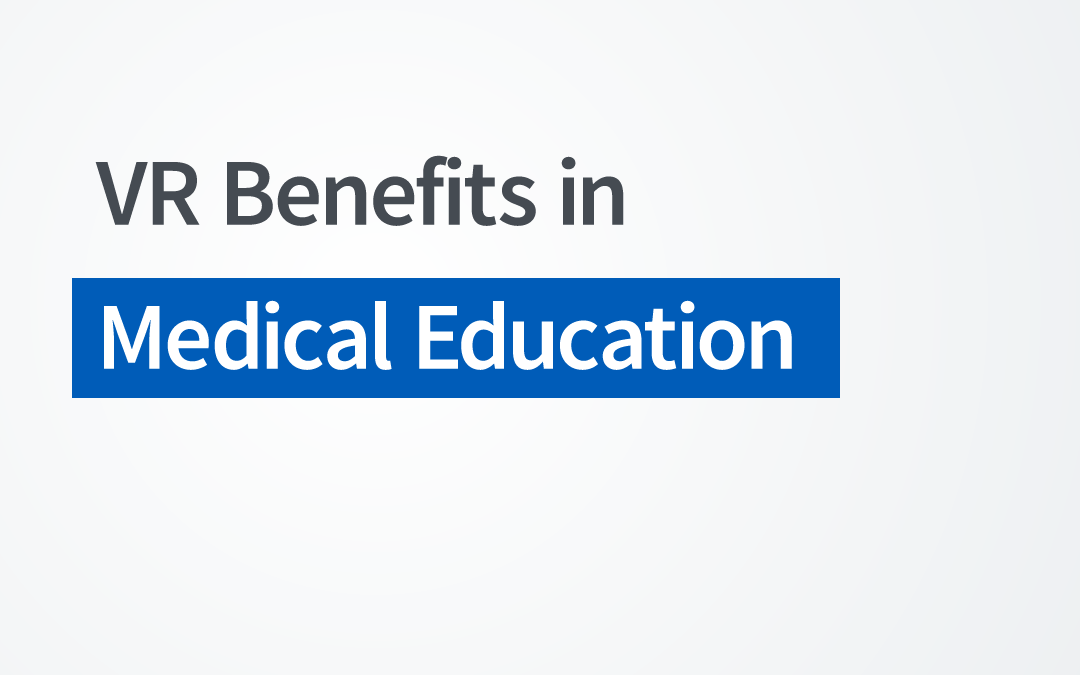
by Polina Glukhova | Feb 13, 2024 | Glue Insights
VR is reshaping the landscape of medical learning, providing a dynamic and efficient approach to learning complex medical anatomy concepts. This conclusion stems from research on the effectiveness of VR technology in teaching anatomy. Eager to learn more? Check out...
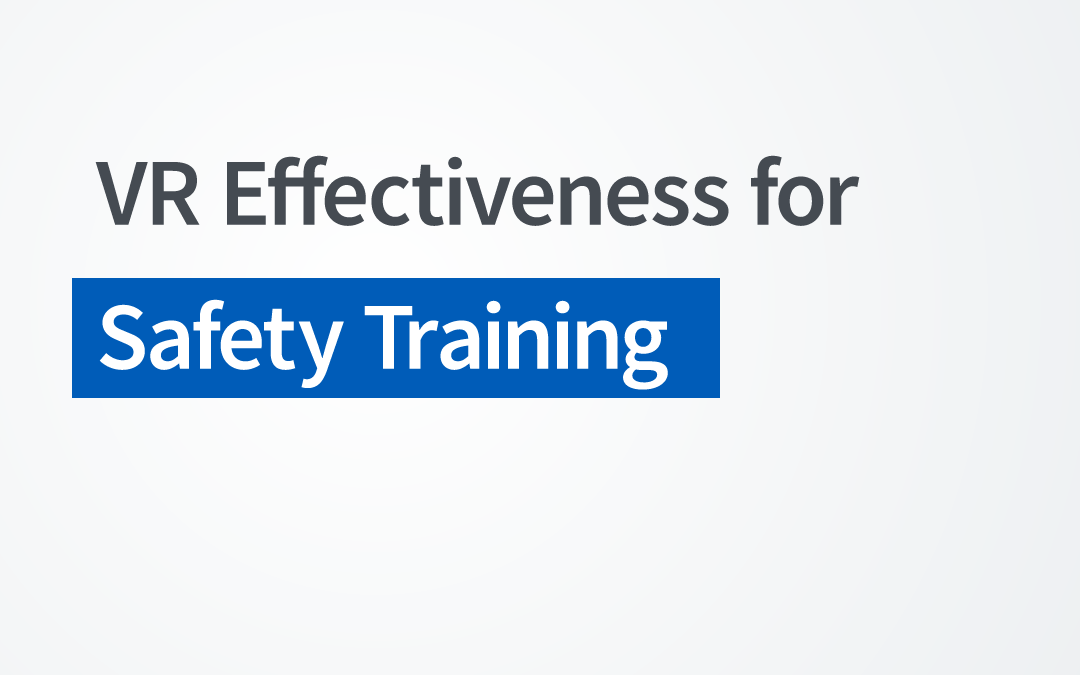
by Polina Glukhova | Feb 6, 2024 | Glue Insights
The research on improving safety training effectiveness using 3D BIM simulation highlights compelling insights into why VR surpasses traditional methods and why safety managers find the VR approach more effective. Curious to learn more? Dive into our infographic for...
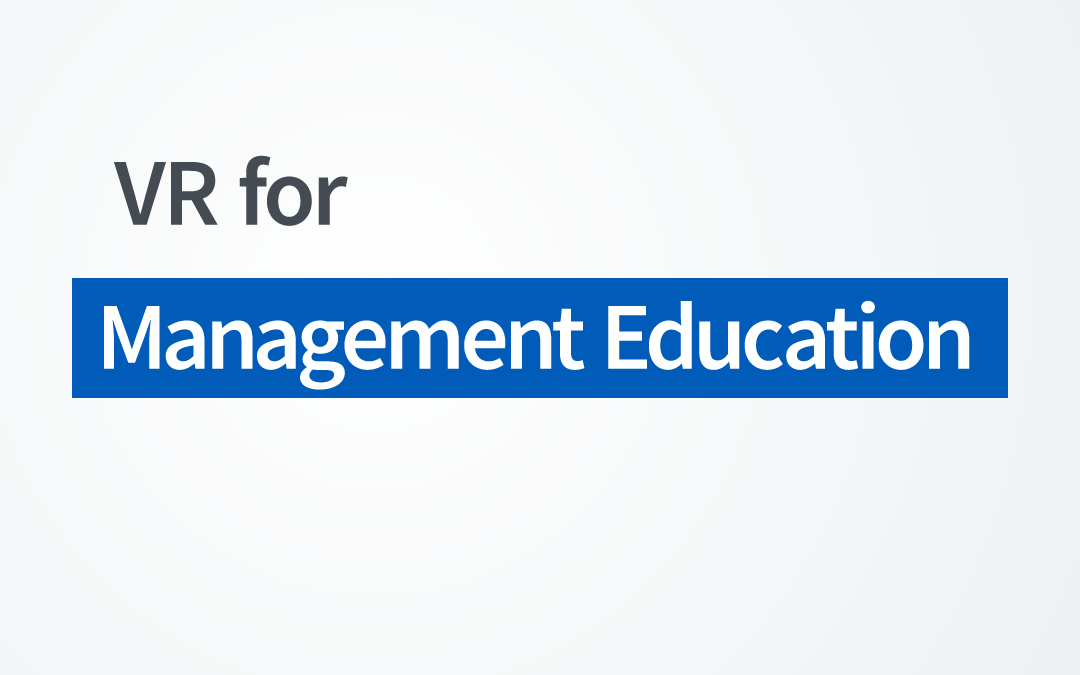
by Polina Glukhova | Jan 23, 2024 | Glue Insights
Research on leveraging VR in management education to address real-world business challenges such as planning, organizing, staffing, control, problem-solving, critical thinking, creativity, and teamwork showed interesting findings. Want to know more? Check out our...
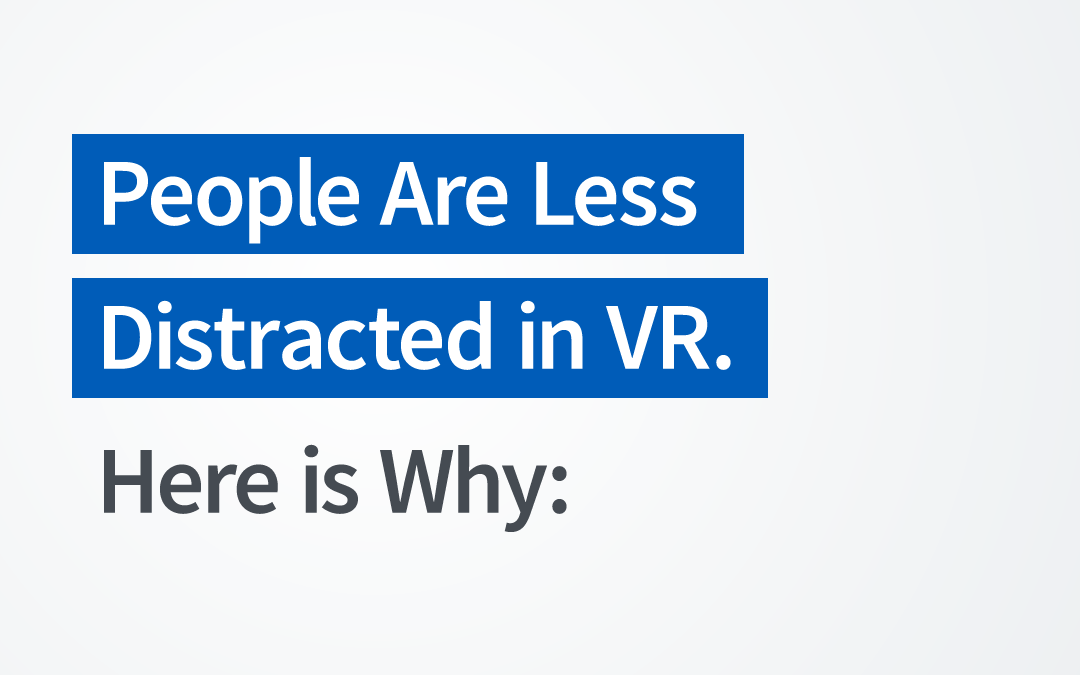
by Polina Glukhova | Jan 16, 2024 | Glue Insights
Recent research from Stanford University and Minnesota University has revealed compelling insights: #VR participants demonstrate significantly fewer distractions compared to those immersed in 2D videos. Wonder why? Explore our infographic to learn more👇 Source:...










Recent Comments